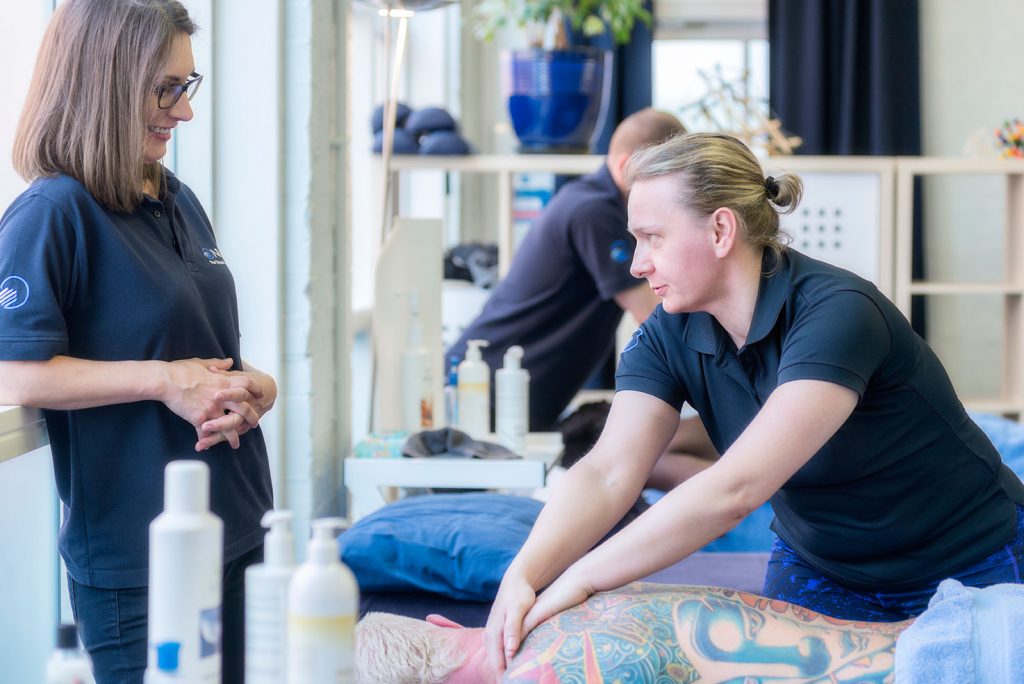Presentation of Plantar Fasciitis
Known as an overuse condition which results in the inflammation of .. you guessed it, plantar fascia.
It can be in one or both feet. Pain usually presents with a slow onset with no history of injury or trauma to the area and is generally worse in the morning ie. Getting out of bed with symptoms decreasing with activity. Symptoms are usually worse during the pre-swing phase of the gait cycle.
Pain is usually located on the bottom of your foot, around your heel and arch, also referred to as the antero-inferior surface of the calcaneus.
Achilles tendinitis will often be present as well.
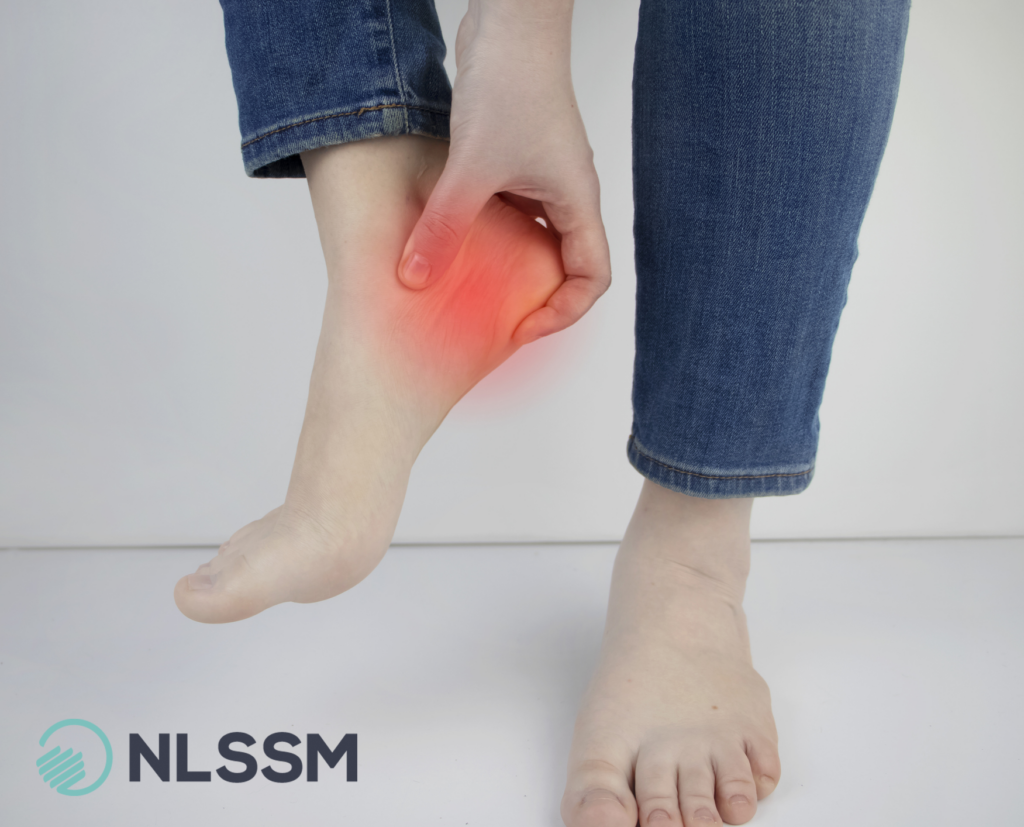
Tip: if a condition has ‘itis’ in its title, it is referring to a pathology with inflammatory properties.
What causes Plantar Fasciitis?
Overuse, such as poor training techniques, overtraining, rapid spike in training load etc…
However, other factors such as poor biomechanics, a weak gastrocnemius and soleus that can not absorb the required load, improper footwear and weight gain are all factors that feed into causes of Plantar Fasciitis.
Palpation
Pain will be present on and around the anteromedial aspect of the plantar fascia of the calcaneus.
You may also be able to palpate adhesions in the area as well as into the mid foot.
Active and passive extension of the toes/joints is painful due to stretching the plantar fascia and intrinsic foot muscles (2)
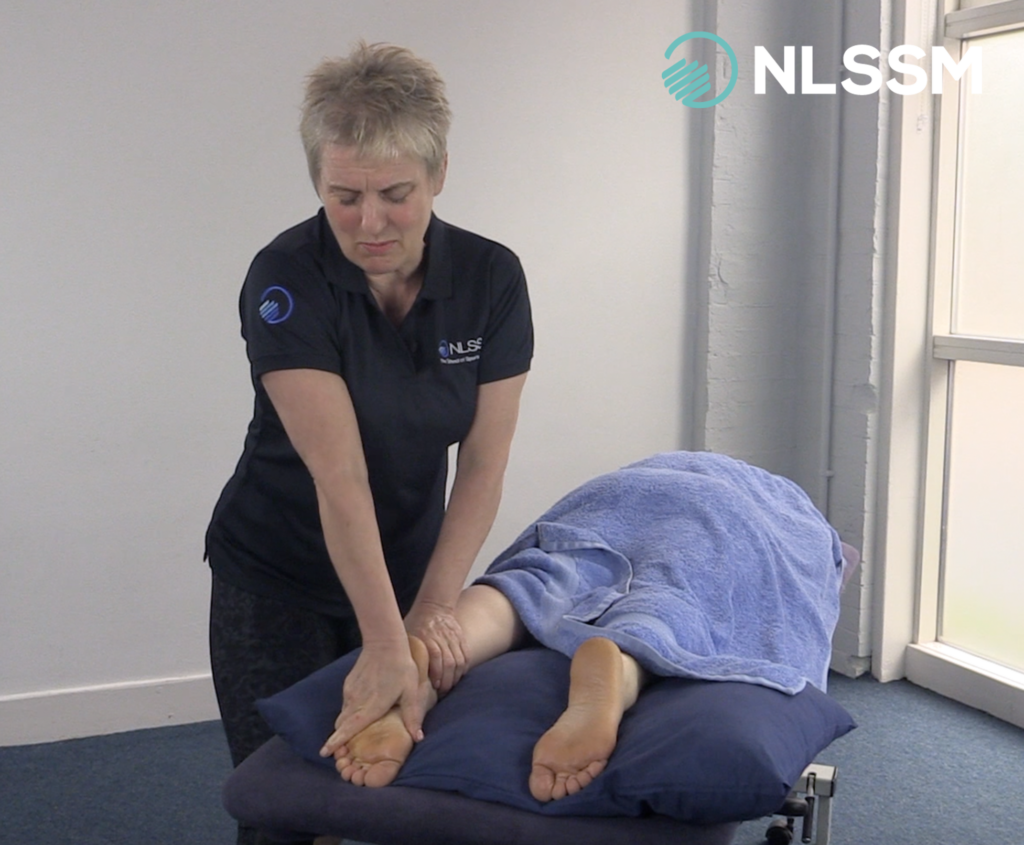
Differentiating Causes Of Pain Around The Heel
Not all pain in the base of the foot is caused by plantar fasciitis. Therapists need to be aware that heel pain can also be caused by other factors and should be ruled out by clinical diagnosis from the relevant practitioner:
- Contusion to fat pad covering the calcaneus
- Stress fracture of the calcaneus due to overuse, sudden hard impact
- Tarsal tunnel syndrome which is an entrapment of the posterior tibial nerve in the tarsal tunnel at the medial malleolus.
Treatment Tips
Positioning your client is key. Working with the client in prone so that you can treat compensatory areas such as the lower leg for the affected foot. Looking at applying techniques such as effleurage and petrissage to hypertonic muscles such as the gastrocnemius and soleus.
PIR is performed to the same muscles or RI to the opposing structures depending on the presentation.
If the client is in a chronic stage, gentle fascial techniques or cross-fibre friction on or around the areas of adhesion (2)
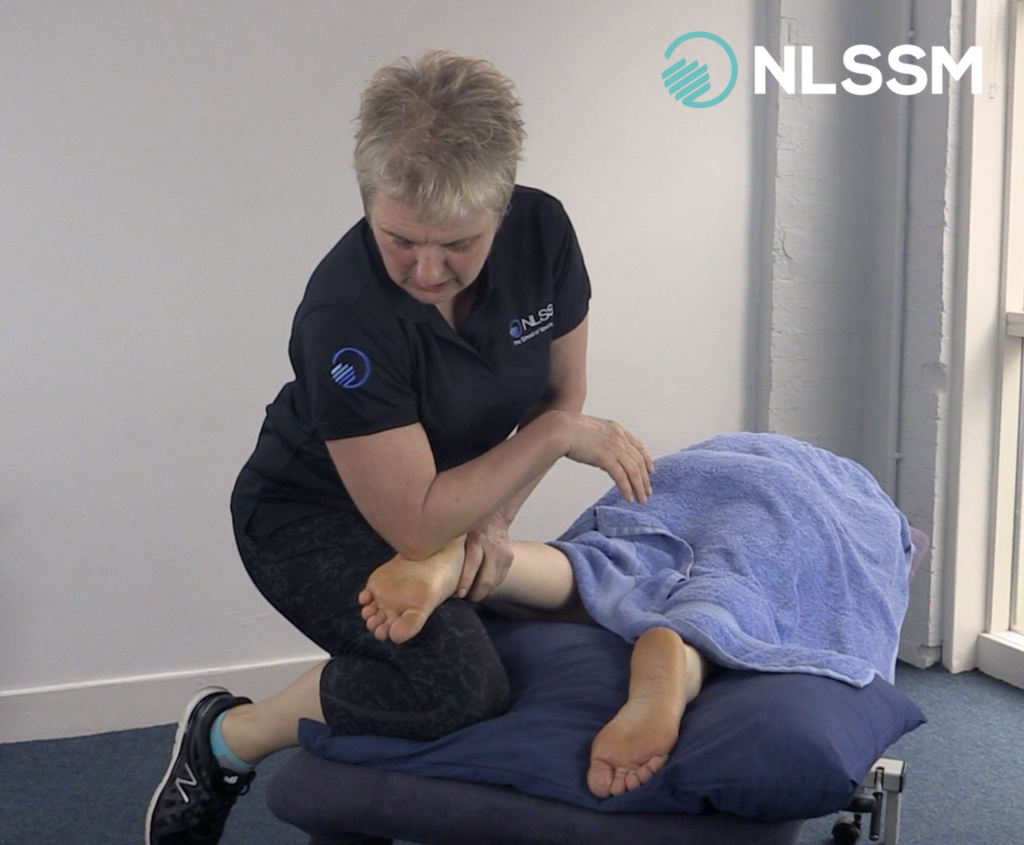
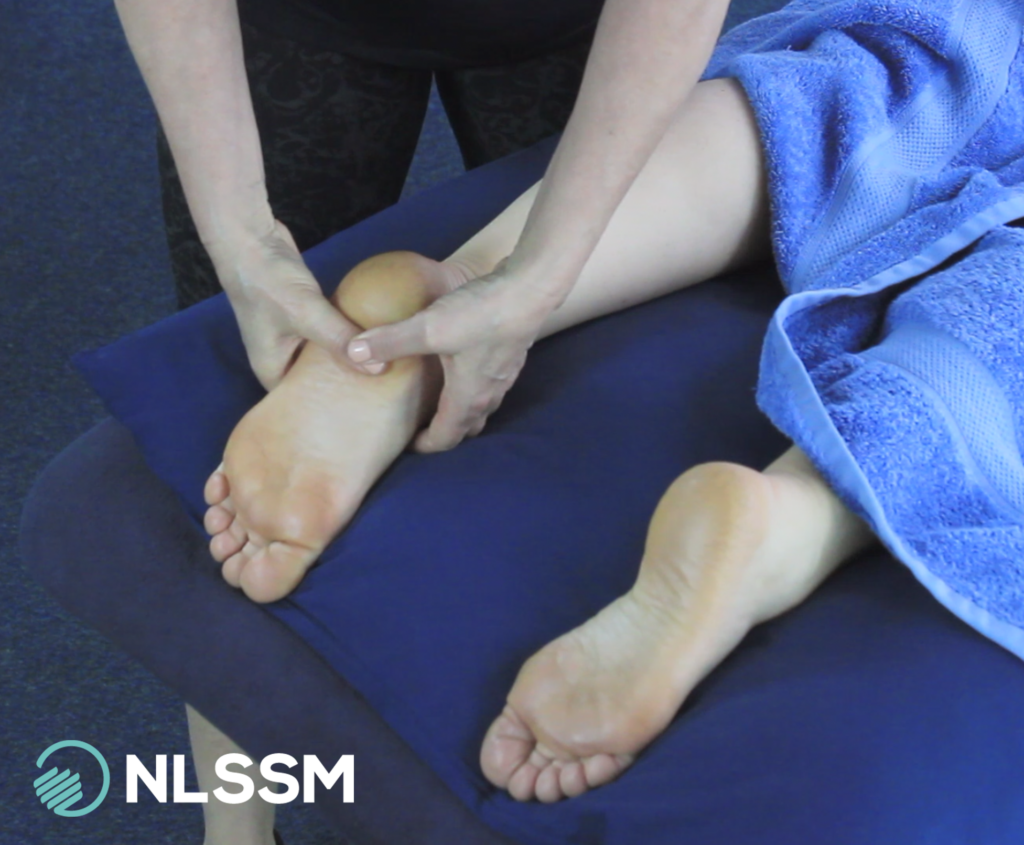
Don’t forget to look even more globally and higher up the chain of movement such as to the lower back, gluteals and thighs – especially if the client is in the acute stage.
And remember… home care is key! This will be dependent on why the pathology is present I.e. spike in training, improper foot wear etc, which will determine what advice will be most appropriate. Do they need a referral for strength training or have a review of their footwear?
Contraindications
Techniques that could potentially encourage more inflammation to the area such as Friction, especially if acute inflammation is present. And lack of knowledge as always is a therapist’s biggest contraindication.
Disclaimer: the above information is not an exhaustive list of what can be done to help the client. This is intended as a brief overview and often the presentation of the pathology and why it is present needs more in-depth review.
Video Demonstration: Treating the Plantar Fascia
Includes some useful techniques if your client is in the chronic phase of plantar fasciitis.
Always remember to prepare your intended area for treatment with general techniques such as effleurage prior to deeper more specific techniques such as assisted thumb, as demonstrated in this video.
References
(1) Mooney M, Maffey-ward L 1995
(2) Olof, 1994
Continue your learning...
We cover a wide range of techniques on our Level 5 course in Sports Massage and Remedial Soft Tissue Therapy.
